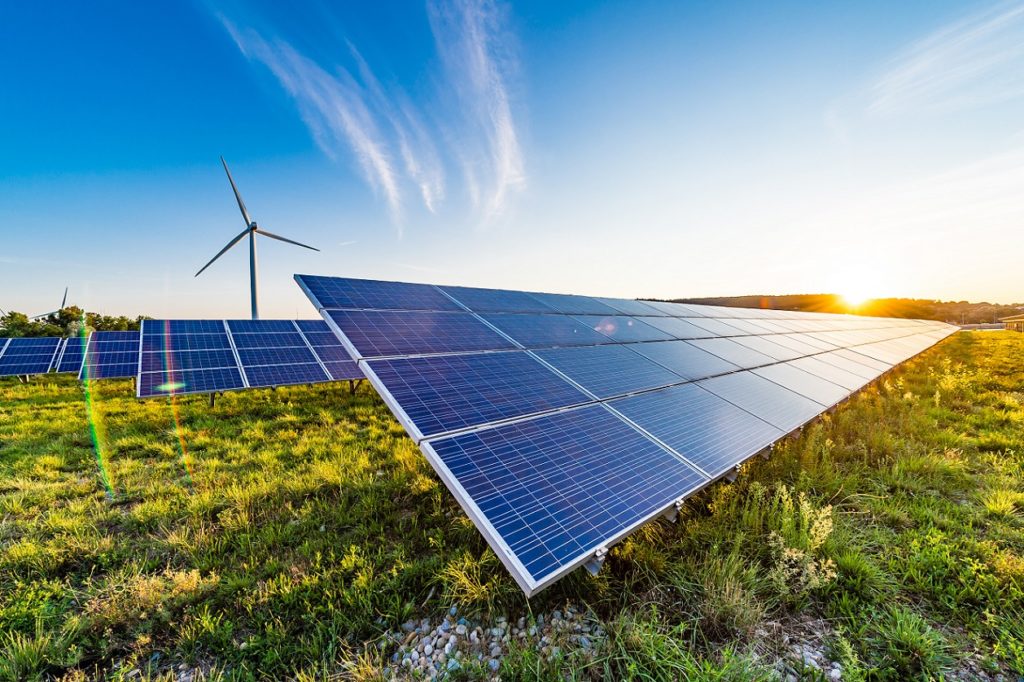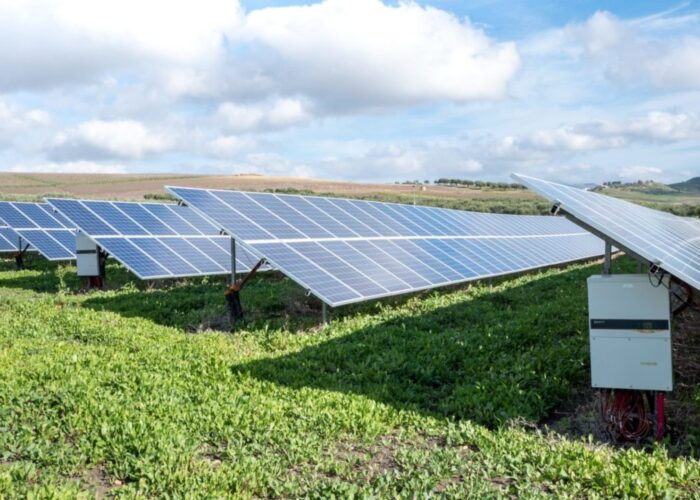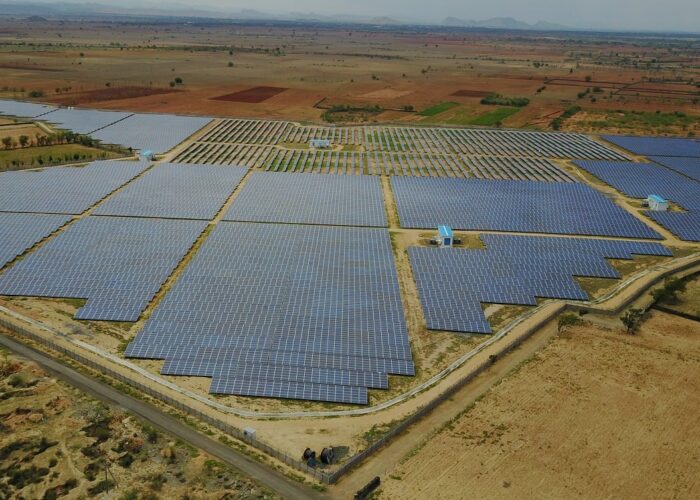
With a recent wave of policies and renewable reforms, investments are set to be boosted in India with solar-wind hybrid projects and corporate power purchase agreements among key trends.
According to a report from the Institute for Energy Economics and Financial Analysis (IEEFA) and Invest India, those offer emerging investment opportunities for the renewable energy sector in the country.
Unlock unlimited access for 12 whole months of distinctive global analysis
Photovoltaics International is now included.
- Regular insight and analysis of the industry’s biggest developments
- In-depth interviews with the industry’s leading figures
- Unlimited digital access to the PV Tech Power journal catalogue
- Unlimited digital access to the Photovoltaics International journal catalogue
- Access to more than 1,000 technical papers
- Discounts on Solar Media’s portfolio of events, in-person and virtual
Driven by reduced battery storage costs and solar energy, hybrid projects are now cost-competitive and with the optimal combination of solar, wind and storage they can deliver stable round-the-clock (RTC) power at comparable costs to standalone solar and wind tariffs.
Hybridising solar and wind projects would reduce the variability of both resources separately along with optimising the use of its infrastructure.
The government has increased its push for hybrid projects with tenders for RTC and hybrid projects rather than separate ones for solar or wind.
The Indian government released its National Wind-Solar Hybrid Policy in 2018 in an effort to enhance the country’s grid stability and provide a framework for large-scale projects with a higher transmission capacity for solar-wind projects.
More and more utilities and companies are seeking RTC renewable energy projects. Among them are the 250MW solar-wind hybrid project from Tata Power, a 300MW hybrid project from retail giant Amazon, a third tender seeking 2.5GW RTC renewables energy from state-owned Solar Energy Corporation of India and an expression of interest from state-owned power trading entity NVVN for RTC renewable energy, as covered by our sister site Energy-Storage.news.
With solar and wind representing a quarter of the total installed capacity in the country – by the end of 2022, India had an installed capacity of 63.3GW of solar PV, according to the Indian Central Electricity Authority – more and more hybrid projects will be sought to remedy the intermittency of generation.
Another key trend for investment opportunities will be the increased interest from Indian companies to accelerate their net-zero commitments to be achieved in the coming decades through the use of corporate power purchase agreements (CPPAs), which are a win-win situation for independent power producers (IPP) and corporates, according to the report.
The cost of off-taking renewables through IPPs in India can be up to 50% lesser than purchasing energy from the grid, which is incentivising the commercial and industrial (C&I) market to sign CPPAs to both reduce its energy costs and accelerate its decarbonisation process.
“Corporate decarbonisation is a growing trend buoyed by increasing net-zero commitments by Indian companies. The booming corporate power purchase agreement (PPA) market is catering to this demand, as witnessed by the recent spate of large CPPA deals in the country,” said Shantanu Srivastava, energy finance analyst at IEEFA and co-author of the report.
A policy reform – the Green Open Access Rules – to relax power purchase for the C&I segment was approved last June which could reduce the time for project approval and reduce charges with the potential to “reform the CPPA market landscape completely” said the report.
In terms of deep decarbonisation, industry players are looking into implementing green hydrogen, which could benefit from the government’s recent announcement to boost the technology with an INR197.4 billion (US$2.4 billion) budget going to the Strategic Interventions for Green Hydrogen Transition (SIGHT) Programme that was approved in early January.
The government expects that its National Green Hydrogen Mission – of which SIGHT is a part of – could add 125GW of renewable energy capacity and produce up to 5 million metric tonnes per annum of green hydrogen by 2030.
Furthermore, state distribution companies (Discoms) suffered several setbacks last year with a high court in Andhra Pradesh ruling that Discoms must honour the PPAs they signed with electricity producers and with losses of nearly INR1.04 trillion recorded during FY19 and FY21 could push some of the larger ones to be privatised, according to the report.
In the past several utilities such as Tata Power, Adani Transmission and Torrent Power acquired state-owned and privately-owned Discoms and managed to reduce their losses.







